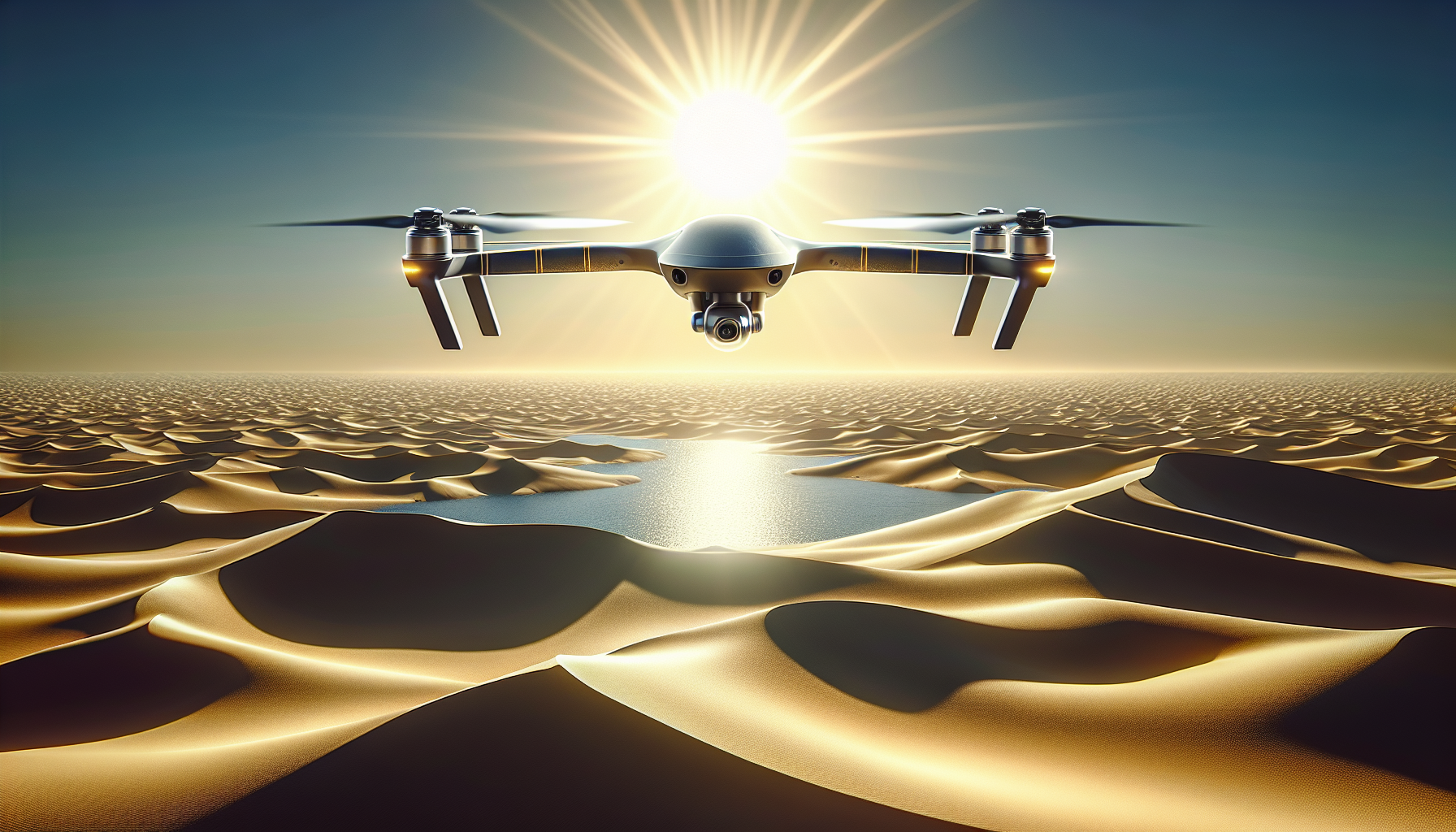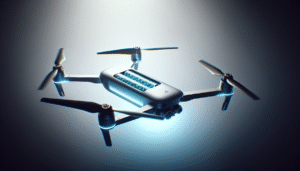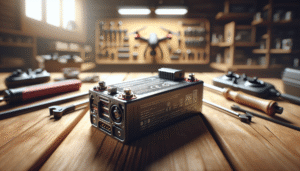Wondering why your drone’s battery heats up more than usual during warm summer days? As a drone enthusiast, I’ve faced the sizzling challenge of keeping batteries cool in hot environments. It can be alarming when heat builds up faster than expected, potentially causing reduced performance or damage. Let’s explore effective strategies to prevent overheating and keep your flying adventures smooth and safe.

Understanding Drone Battery Basics
Before we tackle the issue of overheating, it’s essential to understand what makes up a drone battery. Most drones today are powered by lithium-polymer (LiPo) batteries. These batteries are chosen for their lightweight and high energy capacity. However, their characteristics also make them sensitive to temperature changes.
What Causes Drone Battery Overheating?
Several factors contribute to battery overheating, especially in hot settings. The most common culprits include:
- External Temperature: High ambient temperatures can accelerate battery heating.
- High Discharge Rates: Using your drone at high speeds or demanding more from it electrically can cause the battery to work harder, generating more heat.
- Continuous Usage: Extended fly time without breaks can prevent the battery from naturally cooling down.
- Poor Ventilation: Limited airflow around the battery compartment can trap heat.
Understanding these causes can help us navigate ways to prevent overheating efficiently.
Steps to Prevent Drone Battery Overheating
Let’s dive into some friendly tips and tricks that can help protect your precious drone battery from overheating.
Choose the Right Time to Fly
Timing is everything! Opting for early morning or late afternoon flights can significantly reduce the risk of overheating. During these times, temperatures are typically cooler, providing a more stable environment for your battery.
Incorporate Cooling Breaks
Incorporating cooling breaks is a practice I’ve found particularly helpful. After 15-20 minutes of flight, I take a short break to let my drone and battery rest. This downtime allows the battery to cool naturally, avoiding excessive heat buildup.
Optimize Flight Speed and Maneuvers
Flying at conservative speeds and minimizing aggressive maneuvers can drastically reduce the workload on your battery. While it might be tempting to show off those cool aerobatic stunts, moderate flying can extend the lifespan of your battery and help keep temperatures in check.
Use Shade and Avoid Direct Sunlight
Keeping your drone and its battery out of direct sunlight reduces heat absorption. If possible, find a shaded area to launch and land your drone. Not only does this protect the battery, but it also safeguards other drone components from the sun’s harsh rays.
Opt for Reflective Coatings
Here’s a little trick I stumbled upon: reflective coatings or wraps. Applying these to the battery or drone can reflect sunlight away, reducing heat absorption. It’s a small touch that can make a world of difference.

Monitoring and Maintenance Tips
Having a preventive mindset extends beyond flying—it involves routine monitoring and maintenance of your drone’s battery.
Regularly Check Battery Health
Keeping tabs on the health of your drone battery is crucial. Most modern drones offer apps that display battery health metrics. Regularly review these to catch any signs of aging or malfunction.
Use a Battery Temperature Sensor
If you’re serious about drone flying, investing in a temperature sensor could prove invaluable. Many drones offer software or hardware options to monitor real-time battery temperatures, allowing you to take action before things get too hot.
Battery Storage Practices
Proper storage practices dramatically affect battery health. Store your batteries in a cool, dry place, ideally at room temperature. Use a fireproof or insulated case for added safety and protection.
| Battery Storage Tips | Description |
|---|---|
| Cool Environment | Store in a room with a stable, moderate temperature. |
| Low-Humidity Area | Avoid moisture accumulation by choosing a dry spot. |
| Avoid Overcharge/Discharge | Maintain charge levels at around 50% when not in use. |
Advanced Strategies for Enthusiasts
For those of us deeply passionate about drones, there are advanced strategies we can employ to further reduce overheating risks.
Cooling Systems
Some dedicated enthusiasts install custom cooling systems. These could include small fans or specific heat sinks designed for the drone model in use. While this requires additional investment and alterations, it can significantly improve performance in hot conditions.
Use High-Quality Batteries
Investing in high-quality batteries manufactured by reputable brands can make a significant difference. They often come with built-in safety features and undergo more rigorous testing, ensuring greater resilience against overheating.
Firmware Updates
Manufacturers frequently release firmware updates that can optimize battery usage and cooling. Ensure your drone’s software is always up to date to reap these performance benefits.
Addressing Misconceptions About Drone Battery Overheating
There are plenty of myths floating around regarding drone battery care. Let’s clear up a few misconceptions together.
Myth 1: All High Temperatures Harm Batteries Equally
Not all high temperatures affect batteries the same way. Short exposure to moderate heat can be less damaging than sustained high temperatures. Understanding the severity and duration of heat exposure is key to managing battery health.
Myth 2: The Bigger the Battery, the Bigger the Problem
While larger batteries might generate more heat, it’s not a rule set in stone. Advances in battery technology often mean bigger batteries come with better cooling mechanisms and safety features.
Myth 3: Once Damaged, Always Damaged
Some minor overheating issues can be remedied with time and proper care. Allowing the battery to fully cool and then storing it correctly can restore some of its original functionality, although any permanent damage is irreversible.
Conclusion
Safeguarding your drone’s battery from overheating requires a blend of preventive care and informed usage. By understanding why overheating happens, adopting smart flying practices, and ensuring regular maintenance, you can extend your battery’s lifespan and enjoy longer, more reliable flights.
Our journey with drones offers limitless possibilities and by taking proactive steps, we minimize the risks and maximize our enjoyment. I’ve shared these insights from my experiences in hope that they’ll enrich your drone-flying adventures as much as they have mine. Whether you’re a casual flyer or a dedicated enthusiast, each of these strategies plays a part in keeping our skies friendly and our drones airborne.


